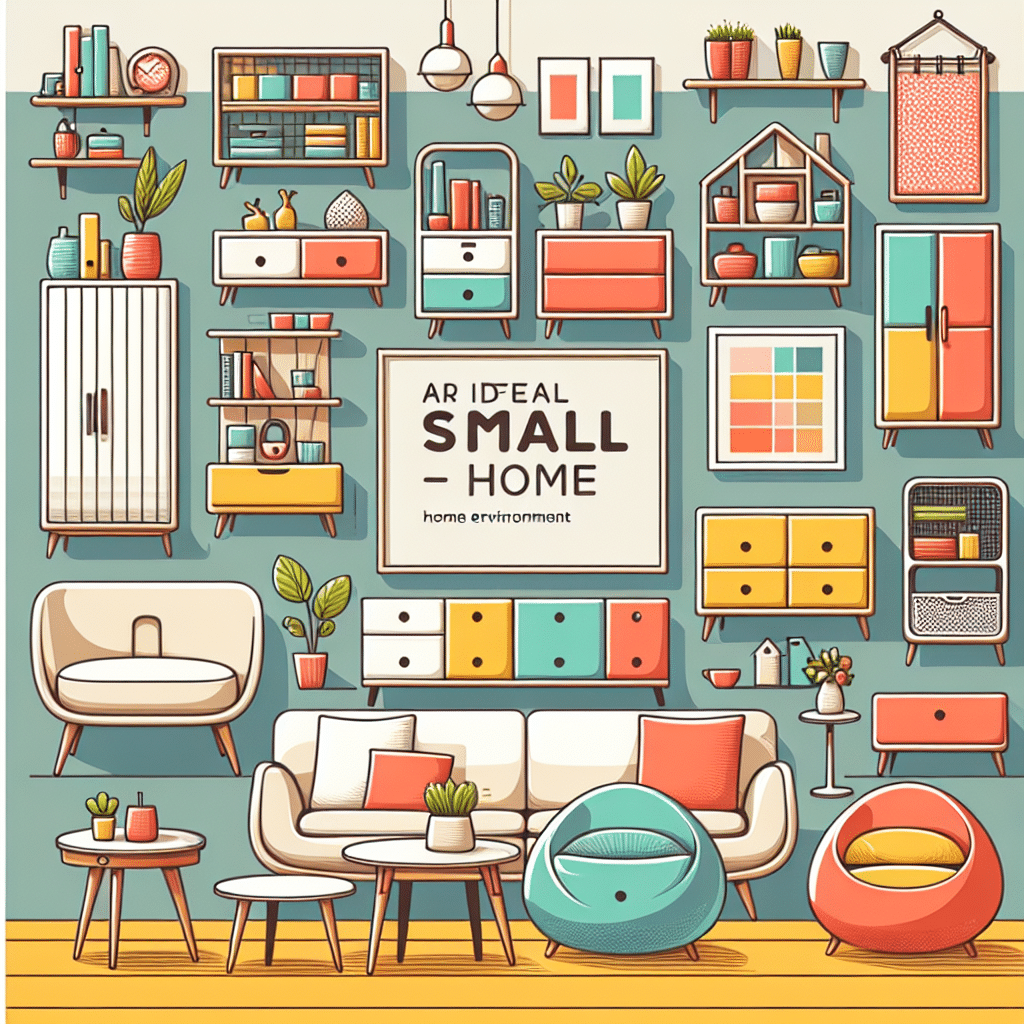1. Assess Your Space
Before you dive into arranging furniture, it’s crucial to measure the dimensions of your space. Start by determining the length, width, and height of your room. Create a simple floor plan by sketching it out or using digital tools to visualize the area. Knowing the dimensions will help you select furniture that fits well without overwhelming the room.
2. Consider Functionality
Define the primary function of the room. Will it be used for lounging, dining, or a multipurpose area? The intended use will influence how you place your furniture. For example, in a living room, focus on creating conversational zones. For a home office, ensure your desk is positioned to promote productivity.
3. Establish a Focal Point
Every room benefits from a focal point—an element that draws attention. This could be a fireplace, a large window, or a piece of art. Arrange your furniture around this focal point to create a balanced atmosphere. This will also help guide the flow of traffic in the room.
4. Opt for Scale and Proportion
In small spaces, selecting the right size furniture is key. Oversized sofas can make a room feel cramped. Uneven proportions can create visual chaos. Aim to choose pieces that are scaled to the size of the room; for instance, a compact loveseat might work better than a bulky sectional.
5. Utilize Multi-functional Furniture
Invest in furniture that serves multiple purposes. Consider ottomans that can double as seating, coffee tables with storage, or beds with under-bed drawers. These pieces reduce clutter and maximize functionality, which is essential in smaller spaces.
6. Create Zones
If your small home incorporates multiple functions in one room, divide the space into distinct zones. Use area rugs to define different areas, such as a cozy reading nook or a workspace. A console table can also act as a divider while still maintaining an open feel.
7. Maintain Flow and Pathways
When arranging furniture, ensure there’s a natural flow through the space. Allow at least 24–36 inches for pathways to ensure easy movement. Avoid blocking doorways or pathways, as this can make your small space feel even smaller.
8. Embrace Vertical Space
When floor space is limited, think vertically. Utilize wall-mounted shelves to display books or decorative items without taking up precious floor space. Consider tall bookshelves or cabinets that draw the eye upward, making the room feel larger.
9. Keep it Symmetrical
Creating symmetry in your furniture arrangement can evoke a sense of order and calm. If you have two armchairs, place them opposite each other with a coffee table in between. Symmetry lends balance and can enhance the visual appeal of your room.
10. Use Light Colors
Light-colored furniture can make a room feel more spacious. Opt for pastel shades or neutral tones for larger pieces, which can help reflect light. If your style leans toward darker colors, consider using lighter accessories or walls to maintain balance.
11. Add Mirrors
Using mirrors strategically can create an illusion of space and light. Position a large mirror against a wall to reflect light and make the room feel more open. You could also incorporate mirrored furniture or decor elements for added sparkle.
12. Choose Open or Clear Furniture
Transparent furniture, like acrylic or glass tables, can visually lighten a room. When you can see through a piece, it keeps the room from feeling cluttered and enhances the sense of space. Look for bar stools or coffee tables designed with clear materials.
13. Consider Furniture Layouts
Before settling on a final arrangement, consider different layouts. There are several common layouts that work well for small spaces. Experiment with layouts such as L-shaped, U-shaped, or simply angled arrangements to find what best enhances the flow and usability of the room.
14. Prioritize Your Comfort
While aesthetics are crucial, comfort should not be overlooked. Ensure that your seating is arranged to promote relaxation and socialization. Sofas and chairs should offer optimal comfort, even if you need to sacrifice some space. Always choose quality over quantity in your seating options.
15. Layer Lighting
Strategically placed lighting can transform a small space. Use a combination of ambient, task, and accent lighting to create a cozy atmosphere. Table lamps, wall sconces, and floor lamps can add both light and style, enhancing the functionality of each area.
16. Incorporate Plants
Adding greenery can help bring life to a small space. Small potted plants can be placed on shelves, while hanging planters can draw the eye upward. Not only do plants purify the air, but they also add a touch of nature that can make your home feel more inviting.
17. Limit the Number of Pieces
In a small space, less is often more. Be selective about the furniture you place in the room. A few well-chosen pieces will create a more open and inviting atmosphere than an overcrowded one. Aim for a minimalist approach to achieve balance.
18. Experiment with Arrangement
Do not hesitate to move furniture even after your initial setup. Live with the arrangement for a few days and adjust as needed to find the most comfortable and functional layout. Flexibility allows you to harness the full potential of your space.
19. Choose Stylish Storage Solutions
Incorporate stylish storage solutions that blend with your decor. Invest in decorative baskets, stylish storage boxes, and built-in shelves to keep things organized and neat. By doing so, you minimize clutter and maintain an organized appearance.
20. Personalize Your Space
Finally, add personal touches that make the space feel uniquely yours. Incorporate artwork, photographs, or decorative accessories that reflect your taste and style. A personal aesthetic makes a small space warm and inviting, creating a comforting sanctuary within your home.
